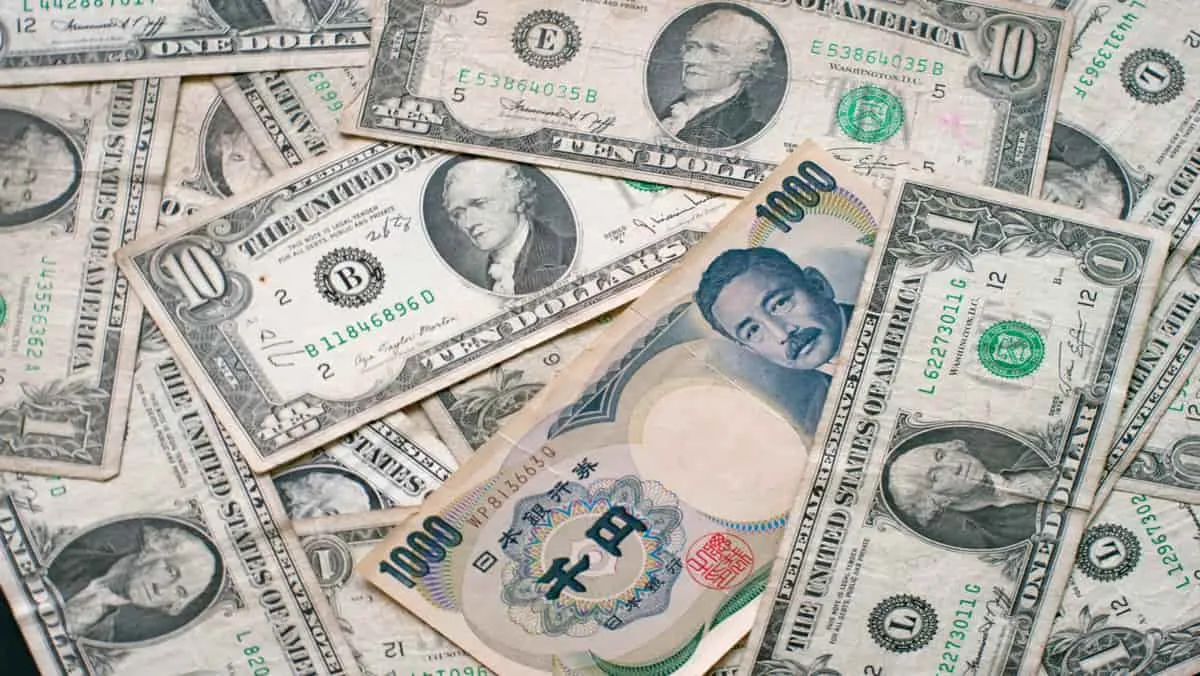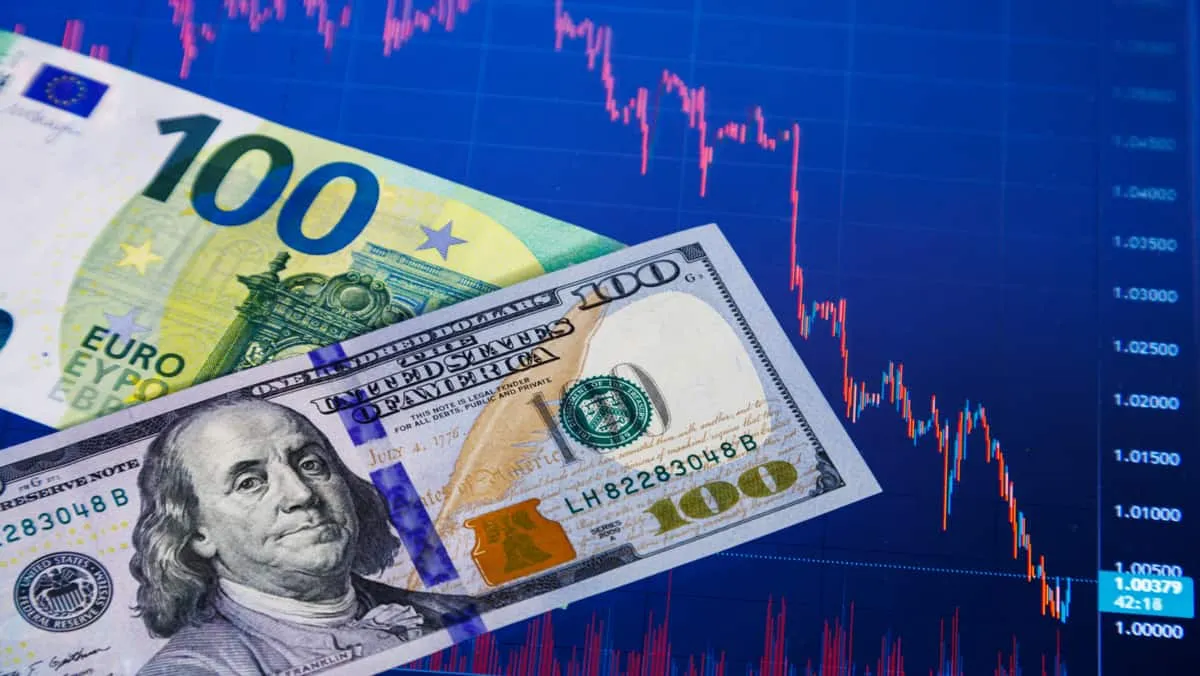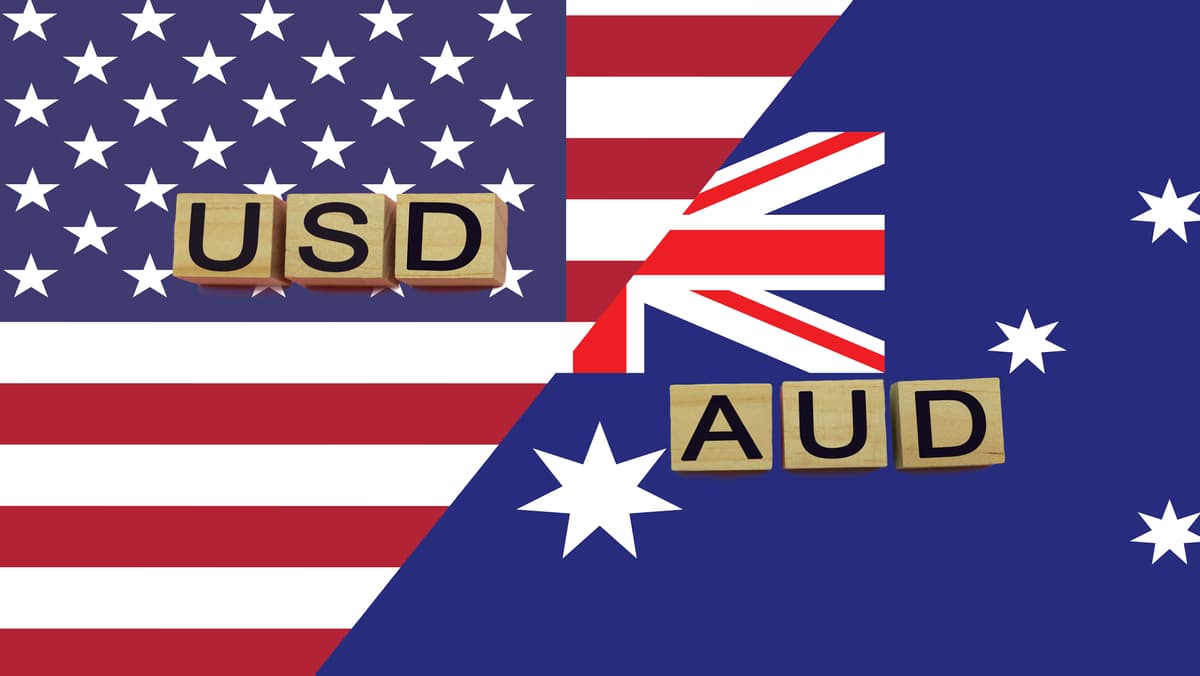Monday Jul 15 2024 18:17

8 min
The US Federal Reserve was anticipating "more positive data" to strengthen confidence in potential upcoming rate cuts. The second consecutive month of lower-than-expected US inflation figures appears to align with this expectation. The dollar has generally shown weakness, typically fluctuating within a range of 50-100 pips against most pairs. However, the current movement has extended to nearly 300 pips. Such a significant move could indicate a genuine squeeze or potentially hint at intervention.

The USD/JPY pair showed an outsized reaction, declining as much as 2.68% overnight before recovering some losses. The rapid and significant downward movement has led to speculation about potential intervention by Japanese authorities, possibly leveraging the dovish US inflation data. Official confirmation from authorities may not be immediate, but given past interventions that were swiftly countered by buyers, the question remains whether this pattern will repeat itself. The pair is in freefall, trading over 2.0% lower, in the 157.90s, after the release of US Consumer Price Index (CPI) for June showed a cooling down of inflationary pressures in the US economy.
According to unconfirmed rumors attributed to unnamed officials within the Japanese government, the intervention coincided with the release of US CPI inflation figures, causing the Yen to strengthen significantly on Thursday. Similar to past instances of the intervention, any official confirmation or denial from officials at the Bank of Japan (BoJ) or the Ministry of Finance is unlikely to be forthcoming for several weeks.

The EUR/USD pair is holding near a multi-week high of 1.0829, bolstered by a weakening US dollar in response to a disappointing June US employment market report. Investor focus is now shifting to an upcoming speech by Federal Reserve Chair Jerome Powell. The forecast of 1.0500 for the EUR/USD pair remains in place as UBS assesses the broader implications of the election outcomes on the currency market.
The daily chart's technical analysis indicates a bullish trend for the EUR/USD pair, characterized by its movement within an ascending channel. Additionally, the 14-day Relative Strength Index (RSI), a momentum indicator, is above the 50 level, further confirming the pair's bullish momentum. Continued upward movement may strengthen the bullish outlook for EUR/USD.

One currency pair that has shown recent weakness in the USD is AUD/USD. The pair had been testing resistance from a longer-term trendline, contributing to the formation of a symmetrical triangle.
This trendline had been significant for six out of seven weeks, acting as a strong resistance barrier, but bullish momentum has recently started to break through. Now, there is potential support from previous resistance levels, particularly around the .6704-.6714 zone, with immediate resistance lying ahead in the .6781-.6824 range.

There are a few fundamental factors that have an influence on the US dollar exchange rate. These include things such as economic performance, supply and demand of currency, inflation and geopolitical factors.
CPI
What is CPI?
The Consumer Price Index (CPI) is a crucial economic indicator regularly published by major economies. It provides timely insights into current levels of growth and inflation. CPI is calculated by averaging price changes for each item in a predetermined basket of consumer goods, including food, energy, and also services such as medical care.
It is a useful indicator for forex traders due to its aforementioned effect on monetary policy and, in turn, interest rates, which have a direct impact on currency strength. The full utility of knowing how to interpret CPI as a forex trader will be explored below.
How does CPI affect the value of the US dollar?
The US Dollar Index has been consolidating within a symmetrical triangle pattern over the past few months, with the trading range narrowing. The upcoming CPI (Consumer Price Index) data release could either disappoint, prompting market concerns beyond inflation metrics, or exceed expectations. In either scenario, the dollar appears poised for a significant breakout, potentially signaling a notable rally or a substantial decline.
Until key levels at 104.50 or 106.25 are breached, the dollar may remain in consolidation mode. The resolution of this consolidation phase is expected to provide insights into the future trajectories of the euro and the pound.
The federal funds rate
The federal funds rate is the interest rate at which commercial banks lend excess reserves to each other overnight. Set by the Federal Reserve's Open Market Committee (FOMC), this target rate serves as the foundational interest rate for managing the money supply in the United States.
The federal funds rate influences inflation, short-term and long-term interest rates, and foreign currency exchange rates, serving as a tool to manage these economic factors. A higher federal funds rate results in increased costs for bank loans, home mortgages, and credit card repayments.
Inflation
Inflation refers to the rate at which a currency loses its purchasing power over time. A depreciation of the dollar would elevate the cost of imports, thereby fueling inflation. This situation could add further strain to the US economy, which is already grappling with inflationary pressures, potentially limiting consumer borrowing.
With inflation rates climbing, the value of currency diminishes, meaning $100 today might not buy as much in terms of food, energy, and shelter tomorrow. The US uses two metrics, PCE and CPI, that measure two different baskets of goods to gauge the dollar's purchasing power over time. Though the erosion of purchasing power impacts consumer behavior, it also signals strength and a growing economy.
Performance of the US economy
When the US economy performs well, the value of the dollar appreciates. If the US dollar depreciates due to economic weakness, it would have global repercussions. A significant decline in the dollar's value could adversely impact economies worldwide. Moreover, as the US dollar weakens, other major currencies such as those of the Eurozone, China, and Japan could also depreciate, especially since their economic growth relies heavily on exports.
When considering shares, indices, forex (foreign exchange) and commodities for trading and price predictions, remember that trading CFDs involves a significant degree of risk and could result in capital loss.
Past performance is not indicative of any future results. This information is provided for informative purposes only and should not be construed to be investment advice.